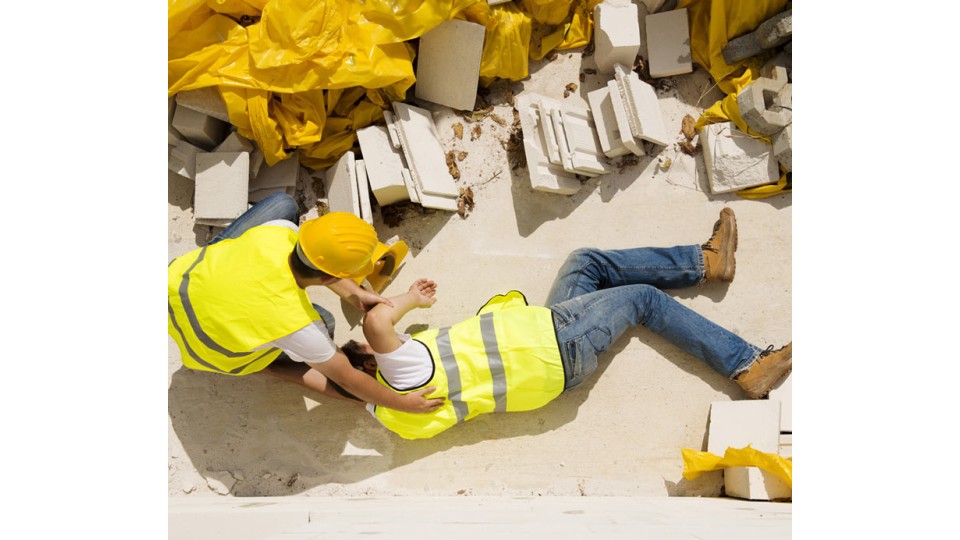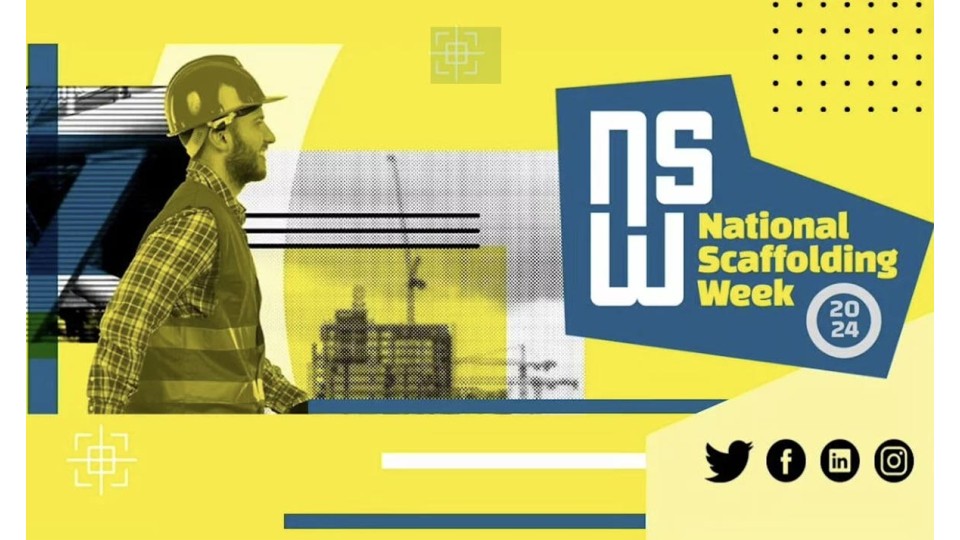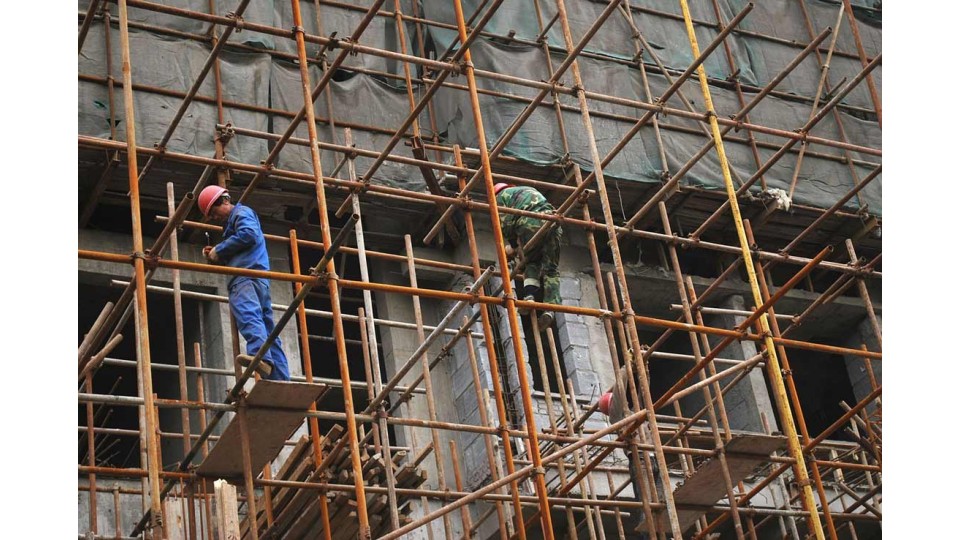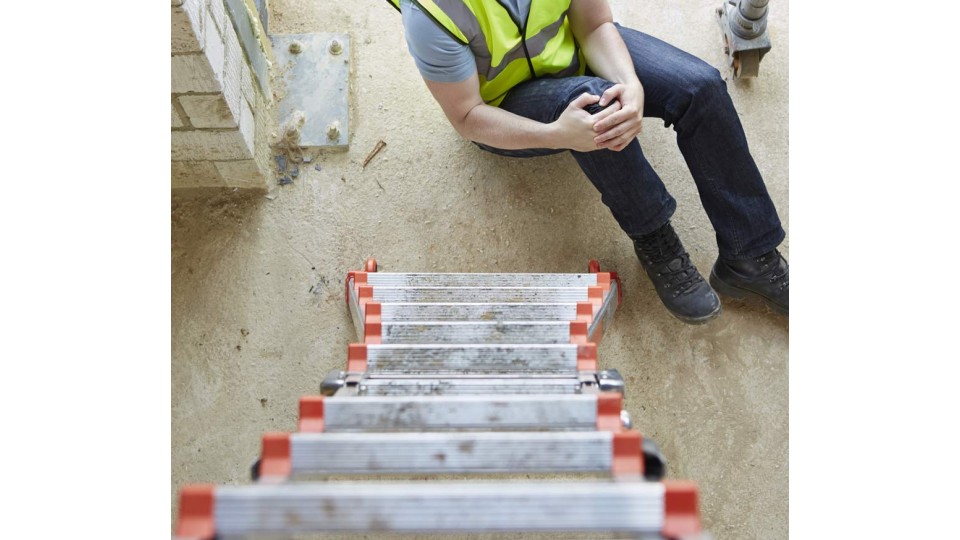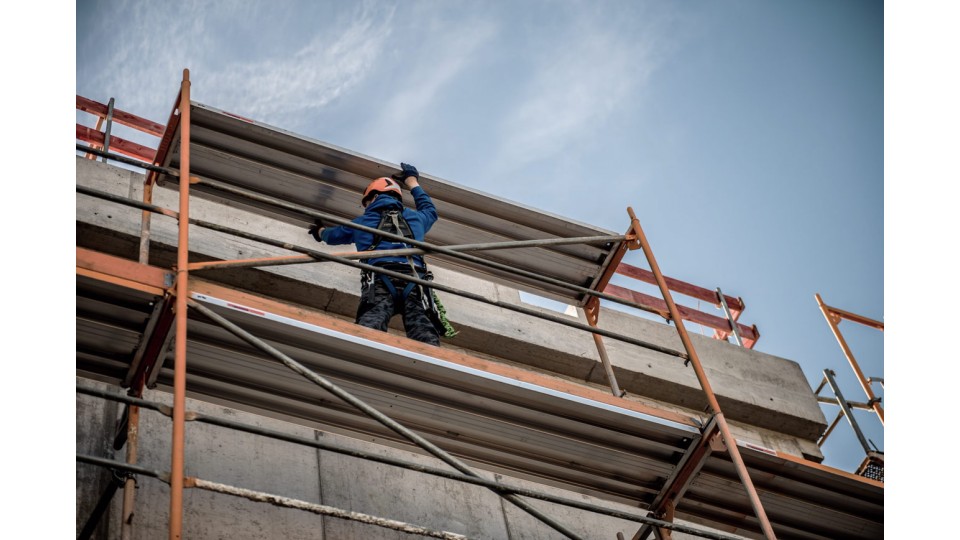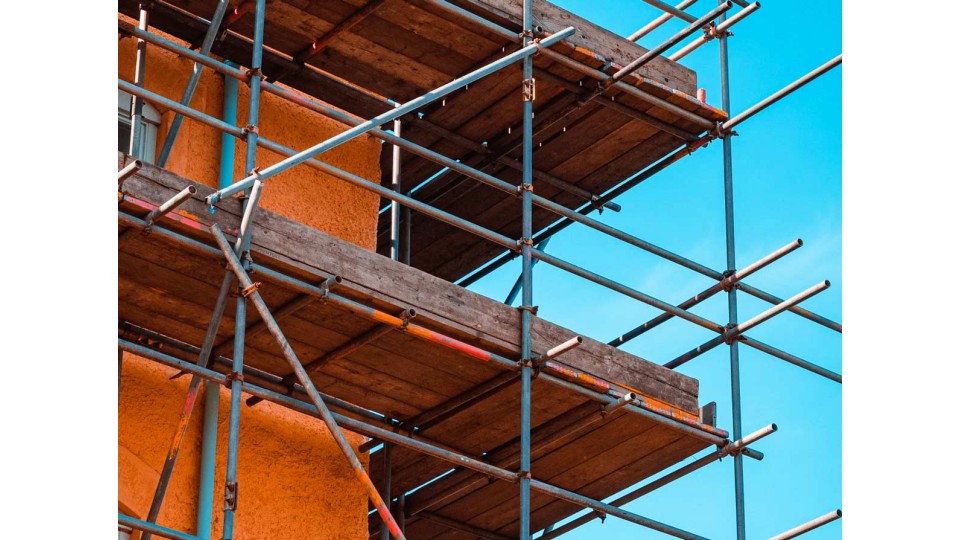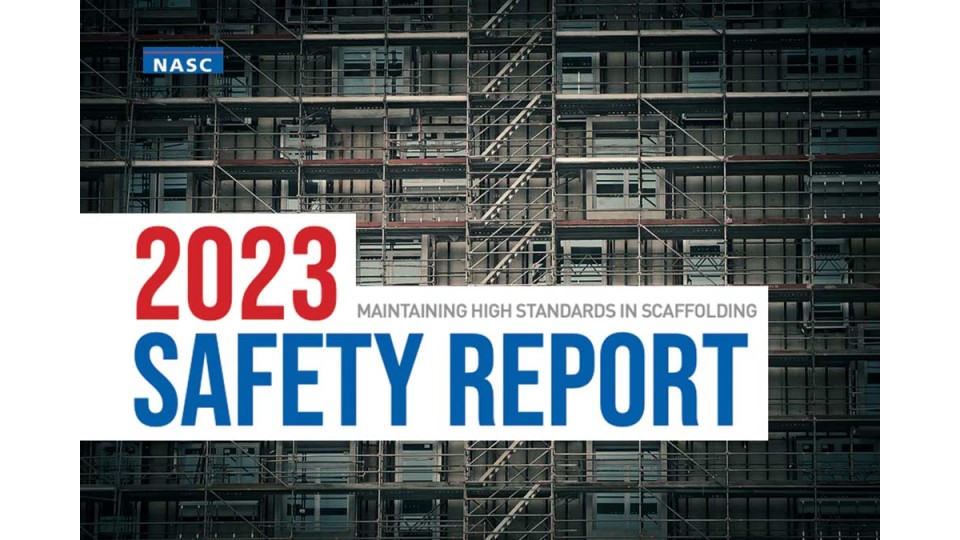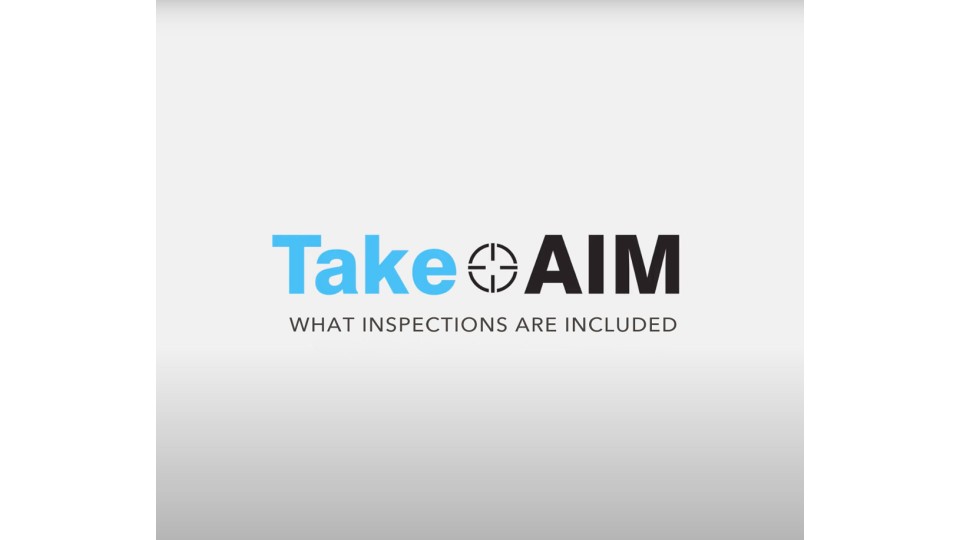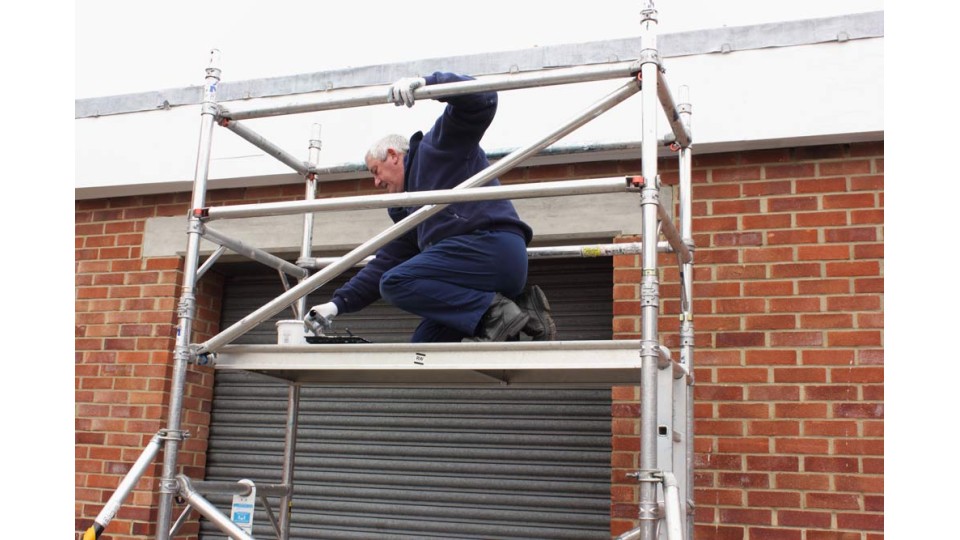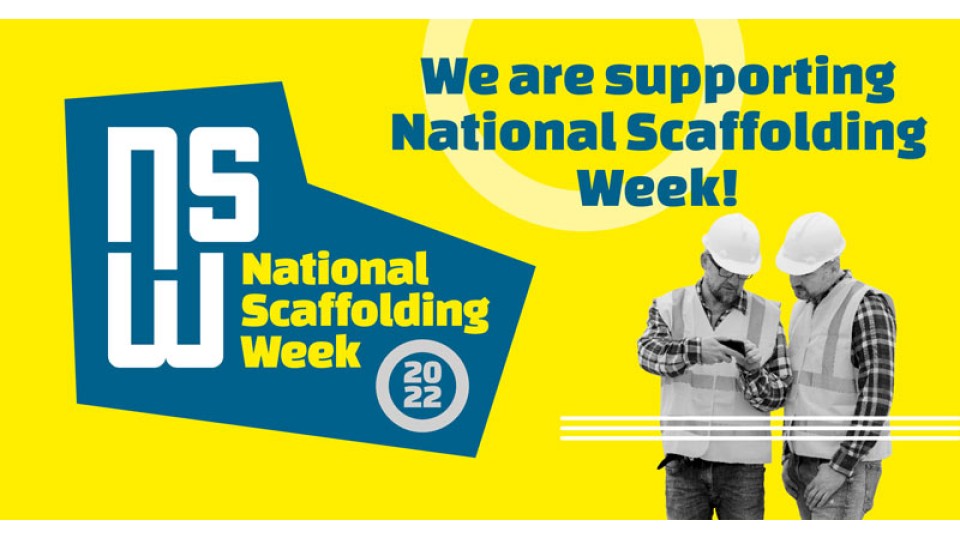News & Events
Fixed Scaffolding Blog
Scaffolding is a temporary structure (constructed of tubing) used to support workers and materials to provide a safe working platform for construction, demolition, maintenance and /or repair of buildings, bridges etc.
Scaffolds are often used on sites where access to height or difficult locations is required. There are many rules and regulations in place when it comes to the use of scaffolding due to the fact that unsafe scaffolding has the potential to result in death or serious injury.
All employees must be competent for the type of work they are undertaking and should have received appropriate training. Scaffolds must be designed, erected, altered and dismantled only by competent employees and all work should be carried out under the direction of a manager or supervisor.
Employers should ensure that trainee scaffolders always work under the supervision of a trained and competent scaffolder. Operatives are classed as 'trainees' until they have completed the approved training and assessment required to be deemed competent.
It is the scaffold users / hirers responsibility to ensure that all scaffolding has been inspected following installation, at an intervals of no more than every 7 days thereafter, following any circumstances liable to jeopardise the safety of the installation e.g. high winds or heavy rain. All scaffolding inspections must be carried out by a competent person whose combination of knowledge, training and experience is appropriate for the type and complexity of the scaffold.
The inspection must note any defects or matters that could risk the health and safety of workers. The inspection should take note of any corrective actions taken, even when those actions are completed immediately.
Stay up to date with all of the latest industry and legislative news relating to the safety and maintenance of workplace equipment.
We will post blogs relating to HSE prosecutions and HSE accident statistics, safety initiatives and topical events relating to equipment safety and the consequences of failing to maintain equipment at work across a wide range of industries – from farming to construction, warehousing to transport and logistics. In addition we will highlight how our Good to Go Safety inspection systems could help to improve workplace safety and help your company to reduce maintenance costs while complying with key statutory legislations such as PUWER, LOLER and WAHR.
Employer given a suspended prison sentence after worker falls from scaffolding
- Author Good to Go Safety
- 0
- 57 Views
We support National Scaffolding Week 2024
- Author Good to Go Safety
- 0
- 691 Views
Man spared jail for unsafe work on own home
- Author Good to Go Safety
- 0
- 1126 Views
Workplace Equipment Inspections - Construction - Farming - Warehousing
- Author Good to Go Safety
- 0
- 1665 Views
Construction firm fined after worker dies from fall
- Author Good to Go Safety
- 0
- 1646 Views
Investigation underway after scaffolding collapse
- Author Good to Go Safety
- 0
- 1337 Views
We're Supporting National Scaffolding Week 2023
- Author Good to Go Safety
- 0
- 1590 Views
NASC - MAINTAINING HIGH STANDARDS IN SCAFFOLDING - 2023 Safety Report
- Author Good to Go Safety
- 0
- 1123 Views
What can you inspect with TakeAIM?
- Author Good to Go Safety
- 0
- 5800 Views
A 64-year-old worker died after falling through cable tied guard rails
- Author Good to Go Safety
- 0
- 1391 Views
It's National Scaffolding Week
- Author Good to Go Safety
- 0
- 854 Views
4 Million Inspection Checklists Sold
- Author Good to Go Safety
- 0
- 6943 Views


